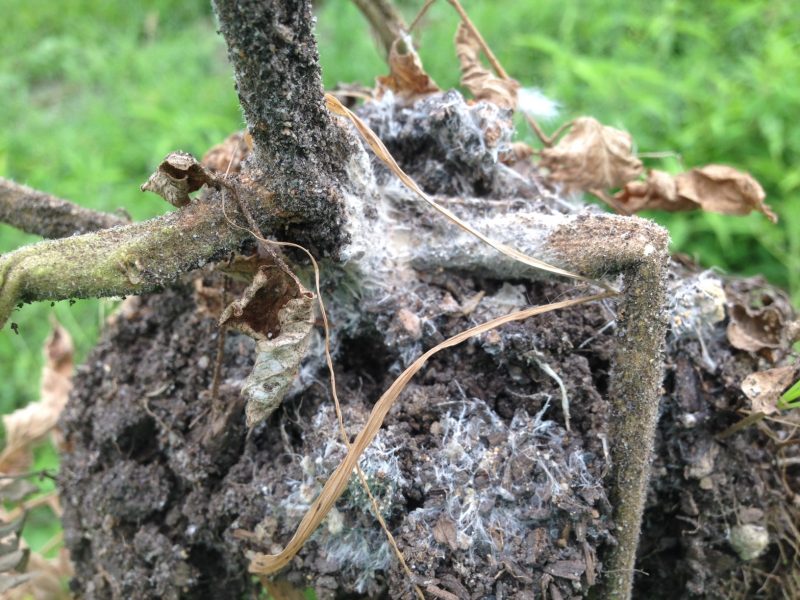
Individuals who use agricultural chemicals are responsible for ensuring that the intended use complies with current regulations and conforms to the product label. A&T State University nor discrimination against similar products or services not mentioned. The use of brand names and any mention or listing of commercial products or services in this publication does not imply endorsement by NC State University or N.C. Recommendations for the use of agricultural chemicals are included in this publication as a convenience to the reader. Cooperative Extension prohibits discrimination and harassment regardless of age, color, disability, family and marital status, gender identity, national origin, political beliefs, race, religion, sex (including pregnancy), sexual orientation and veteran status. Active IngredientĢ Blocker can cause stunting on tomato plants when applied at transplant. Fungicides labeled for use on tomato and pepper to manage southern blight. Soil fumigants must be applied days to weeks prior to planting.

The fumigation of soils with broad spectrum chemicals such as chloropicrin and sodium metam sodium can reduce disease incidence, but this strategy is limited by economic considerations. Fungicide labels are legal documents-always read and follow fungicide labels. For the latest fungicide recommendations for southern blight of tomato and pepper, see the Southeastern US Vegetable Crop Handbook.

Several fungicides are labeled for use on tomato and pepper to manage southern blight (Table 1), but for the most effective control products should be applied before disease is present. On pepper, southern blight may be confused with Phytophthora blight and root rot on pepper, but, again, the presence of the white mycelium with the "bebe" like round structures will be lacking.ĭisease Control for Conventional Growers Skip to Disease Control for Conventional Growers Look alike diseases: A number of other tomato diseases also cause wilting (including Verticillium wilt, Fusarium wilt, and bacterial wilt), but none of the other diseases will have the characteristic white mycelium with "bebe" like round structures. There is no offensive odor associated with rotted fruit or at least initially. The fruit will collapse within 3 to 4 days and white mycelium and sclerotia can fill the lesion cavity. Lesions will initially appear as sunken and slightly yellow areas that later become water-soaked, soft, and star-shaped spots. The fungus can easily infect fruit that are in contact with infested soil. After a few days, tan to reddish-brown, spherical sclerotia (1 to 2 mm in diameter) can appear on the mat of mycelia. Under moist conditions, white mycelium will typically develop on stem lesions and can sometimes extend several centimeters up the stem of tomato and pepper plants.

Young plants may fall over at the soil line. The lesion will develop rapidly and can completely girdle the stem, which will cause a sudden and permanent wilt of all above ground parts. Initially, a brown to black lesion usually develops on the stem near the soil line. On tomato and pepper, the most common symptom occurs on the lower stem where it is in contact with the soil. Symptoms and Signs Skip to Symptoms and Signs


 0 kommentar(er)
0 kommentar(er)
